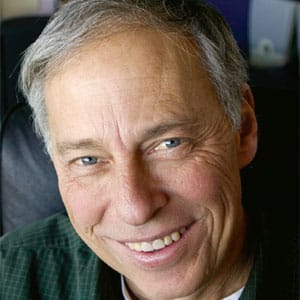Paul McGowan writes:
Power supplies play a big role in how a product sounds: something we’ve been advocates of for years with our bigger power transformers, exotic regulators and Power Plant AC regenerators that make everything sound better.
Most designers now agree that the power supply in a design is at least as important as the circuit itself. The role of the power supply, as we’ve covered in many posts is to convert the AC in the wall to DC and get the voltage at the right level to make the circuit work: mostly lower than what comes out of the wall.
A traditional linear supply (which isn’t very linear BTW) has three elements: a power transformer, a bridge rectifier and a set of power supply capacitors. The power transformer isolates the circuit from the AC wall voltage as well as gets the voltage right, the diode bridge separates the AC into its plus and minus components and the filter capacitors smooth out the transitions between plus and minus.
In the end, we wind up with a form of DC that works for a power amplifier but if you were building a preamplifier, you’d probably add a regulator to smooth out this quasi DC provided by the simple power supply at this point. As we’re focusing on power amplifiers let’s keep this supply discussion simple.
The vast majority of all high-end audio power amplifiers rely on this exact setup for their power supplies including every amp we’ve made over the last 40 years with the exception of the G Series. In fact, even when we introduced one of the world’s first high-end class D power amps, the Hybrid Class A over a decade ago, we used this simple and traditional power supply approach.
This supply type is a classic and well accepted standard for good reason: it’s easy to design and build and sounds great. The designer can vary the parameters to affect the sound: oversize transformers, more or less capacitors, different types of capacitors, low noise switching diodes etc.
The one thing you cannot do with this supply is regulate it easily. Power supply regulation is something pretty much ignored by all but a few amp designers (including us) because it’s so expensive and so danged difficult to do efficiently. For example, look at a modern Power Plant AC regenerator. This device fully regulates the AC going into your equipment, but at what expense? It’s huge and expensive.
When we started this series I wanted to try and explain how a new way of thinking could make sense when it comes to power supplies. Brave souls like Jeff Rowland already have added fully regulated power supplies as I’ve described previously and yes, we too will be venturing down that path as well in upcoming power amplifier products.
I hope all this has made some semblance of sense and gotten us all to understand a bit more about power supplies and their importance in high end audio.







